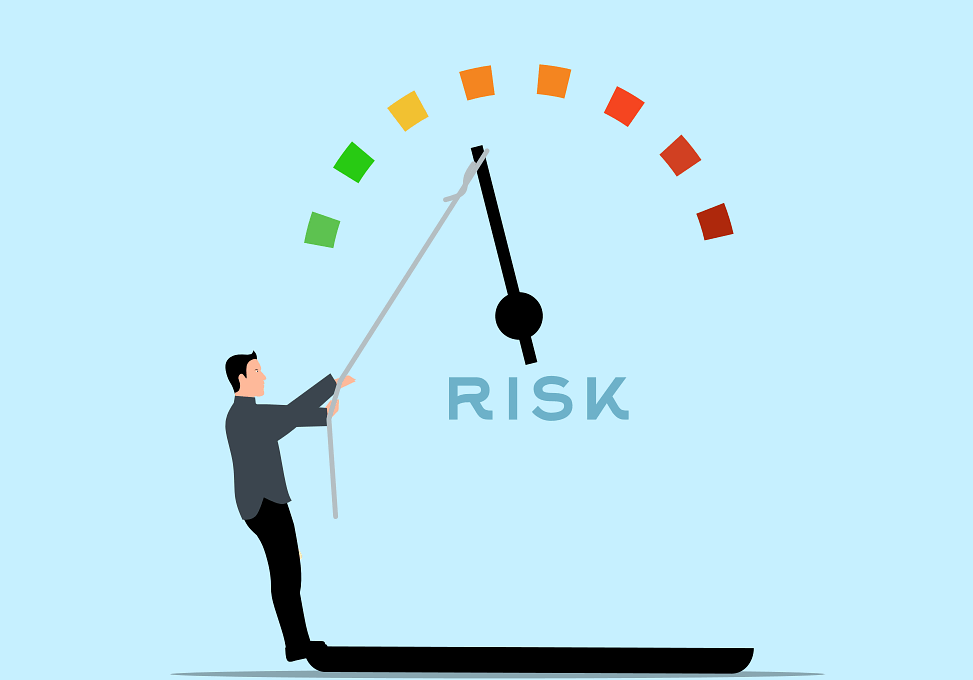Case Studies of Successful Risk Management in Business
Risk management is an essential component of successful business practices today. Companies that actively manage their risks tend to outperform others across various industries. For instance, consider how multinational corporations such as Unilever and Coca-Cola have implemented strategies to mitigate risks effectively. Unilever employs a rigorous risk assessment framework, regularly evaluating their supply chain and market conditions. By prioritizing sustainability, they prototype new products quickly, adapting to changing consumer preferences, which drastically reduces misalignment with market needs. Coca-Cola, on the other hand, focuses on financial risks through proactive currency hedging strategies, successfully mitigating the impact of exchange rate fluctuations on profits. Overall, successful risk management hinges on companies establishing robust frameworks and continuously monitoring vulnerabilities in operations.
Implementing Risk Management Frameworks
To illustrate effective risk management further, companies like Apple have managed risks related to innovation and intellectual property. Apple’s approach involves extensive research and development combined with a commitment to protecting their unique designs and technologies through patents. This mitigates the risk of competitors copying their products and helps maintain Apple’s competitive edge in the market. Additionally, firms in the insurance sector, such as Allianz, have developed innovative risk assessment tools, allowing them to better understand client profiles. By leveraging big data and analytics, they can create tailored insurance products, minimizing the likelihood of unexpected claims. This capability not only enhances customer satisfaction but also strengthens Allianz’s position against competitors.
Another insightful example comes from the automotive industry, notably Volkswagen. After facing significant reputational damage in the diesel emissions scandal, they revamped their risk management approach to emphasize compliance and accountability. Volkswagen established a comprehensive monitoring system to detect regulatory deviations in real time. This strategy not only assists in safeguarding legal compliance but also rebuilds stakeholder trust. Moreover, they are investing heavily in electric vehicle technology to adapt to changing regulatory landscapes. Similarly, in the financial sector, JPMorgan Chase utilizes an extensive risk management orchestra to analyze market risks using advanced algorithms and technological tools, ensuring swift decision-making and consistent performance.
Risk Management in Project Management
Furthermore, effective risk management is crucial in project management. Companies like Boeing utilize sophisticated methodologies to address unforeseen challenges within their projects. For example, during the production of the 787 Dreamliner, Boeing faced challenges related to supply chain disruptions. By implementing a flexible project management framework that allows for real-time adjustments, they successfully minimized delays. They incorporated stakeholder feedback into each phase, quickly addressing any emerging risks. This practice not only keeps projects on track but also ensures quality standards, leading to a successful product launch. Projects less sensitive to risk adjustments lead to better outcomes and profitability.
In the realm of healthcare, organizations like Kaiser Permanente illustrate the importance of managing operational risks. By integrating risk management into their strategic planning, they improve service delivery and minimize clinical errors. Kaiser Permanente utilizes patient data analytics to identify potential health risks and develop preventive measures. This proactive approach enables better patient care and results in cost savings for healthcare operations. Consequently, it demonstrates how intertwining risk management with everyday operations can lead to significant benefits in care outcomes and operational performance. Integrating risk management structures into organizational culture promotes resilience through continuous improvement.
The Role of Technology in Risk Management
Today, technology plays a pivotal role in shaping risk management practices. Businesses are leveraging AI and machine learning to predict potential risks, which empowers innovative responses. For instance, companies such as IBM implement AI-driven tools that analyze vast data sets to foresee market shifts and inform decision-making. This predictive capability allows for timely interventions, which mitigate risks before they escalate. Moreover, cybersecurity firms employ advanced threat detection systems that protect sensitive data. By staying ahead of potential breaches, companies can significantly reduce their exposure to financial loss and reputational damage. Thus, technology is reshaping the landscape of risk management across industries.
Additionally, the use of collaborative platforms enhances communication and transparency regarding risk management. Organizations like Slack and Microsoft Teams enable teams to share crucial information about emerging risks swiftly. This immediacy fosters an environment where risks are discussed openly, encouraging the development of innovative solutions. Companies utilizing these tools are better equipped to respond dynamically to market changes and external threats. Consequently, embedding real-time communication within the workplace not only improves risk identification but also enhances strategic alignment across departments. This integrated approach allows organizations to operate more organically, fostering resilience through vigilance.
Conclusion
In conclusion, the effectiveness of risk management in business hinges on adaptability, innovation, and communication. Successful case studies from various industries illustrate that companies gaining the most from risk management prioritize proactive measures, align their frameworks with strategic goals, and embrace technological advancements. Developing a culture of risk awareness empowers organizations to take informed decisions while maintaining competitive advantages. The collective insights from companies who successfully navigated their vulnerabilities serve as blueprints for others aiming to strengthen their risk management practices. As the business landscape continues to evolve, innovative risk management strategies will play an even more significant role in determining organizational success.


